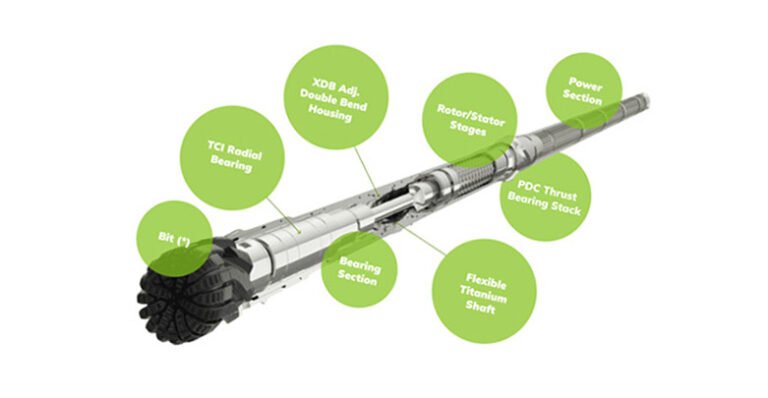In the field of oil exploration, Logging While Drilling (LWD) technology is a core tool for obtaining downhole data in real-time and optimizing drilling decisions. However, extreme downhole conditions – high temperatures (up to 250°C), high pressures (over 10,000 psi), abrasive rock cuttings and corrosive media (e.g., H₂S) – place stringent demands on the performance of tool materials. Cobalt-based high-temperature alloys, with their excellent properties of wear resistance, corrosion resistance, and resistance to high-temperature oxidation, have become the material of choice for key LWD components. This article will deeply analyze its technical advantages and industrial application value.
The Core Performance of Cobalt Alloy: Facing the Extreme Challenges Downhole
1. Superior Wear Resistance
The hardness of cobalt alloy can reach HRC 38-60, and its wear volume loss is only 0.05 mm³ in a quartz sand-containing mud environment, which is 93% lower than that of 316 stainless steel (0.8 mm³). This feature significantly extends tool life and reduces the risk of tool failure due to wear.
2. Excellent Corrosion Resistance
In the acidic environment containing hydrogen sulfide (H₂S), the corrosion rate of the cobalt alloy is ≤0.001 mm/year, much better than tungsten carbide (0.5 mm/year) and conventional stainless steel, effectively avoiding seal failure or structural fracture caused by corrosion.
3. High Temperature Stability
At a high temperature of 550°C, cobalt alloy can still maintain more than 80% of the room temperature hardness, which ensures the long-term stable operation of LWD tools in deep wells and ultra-deep wells.
Key Application Scenarios of Cobalt Alloy in LWD Tools
1. Turbine Generator Bearings
LWD turbines need to be driven by mud flow to generate electricity, and the bearing parts are subjected to high rotational speed and particle scouring for a long time. Cobalt alloy coatings such as ST 6 can increase bearing life by up to 2.3 times (Southwest Research Institute test data), ensuring continuous power supply downhole.
2. Guide Tool Wear Components
In horizontal well drilling, the cobalt alloy wear ring has a stable friction coefficient of 0.15-0.2, which reduces the wear rate by 80% compared with stainless steel, dramatically extending the service life of the guiding tool.
Comparative Advantages of Cobalt Alloys: Why They Are the Industry Benchmark?
| Performance Dimensions | Cobalt Alloys | Tungsten Carbide (WC-Co) | 316 Stainless Steel |
|---|---|---|---|
| Hardness (HRC) | 38-60 | 70-75 | 20-25 |
| H₂S Corrosion Resistance | ≤0.001 mm/year | 0.5 mm/year | 0.02 mm/year |
| Maximum Operating Temperature | 1000°C | 400°C | 300°C |
Cobalt alloys offer a better balance of wear, corrosion, and high-temperature performance than competitors and are particularly suited to the challenges of the combined conditions faced by LWD tools.
Choosing Cobalt Alloys for Efficient and Safe Drilling
In the era of oil exploration towards deep earth and deep sea, cobalt alloys provide LWD tools with solutions of “long life, high reliability, and low maintenance cost” through breakthroughs in material science. Whether in extreme temperatures, corrosive media, or highly abrasive environments, cobalt alloys can guarantee the stable operation of downhole tools and help companies reduce costs and increase efficiency.
SYTOP is committed to providing customers with customized cobalt alloy components. For technical inquiries or cooperation, please contact our engineering team.


